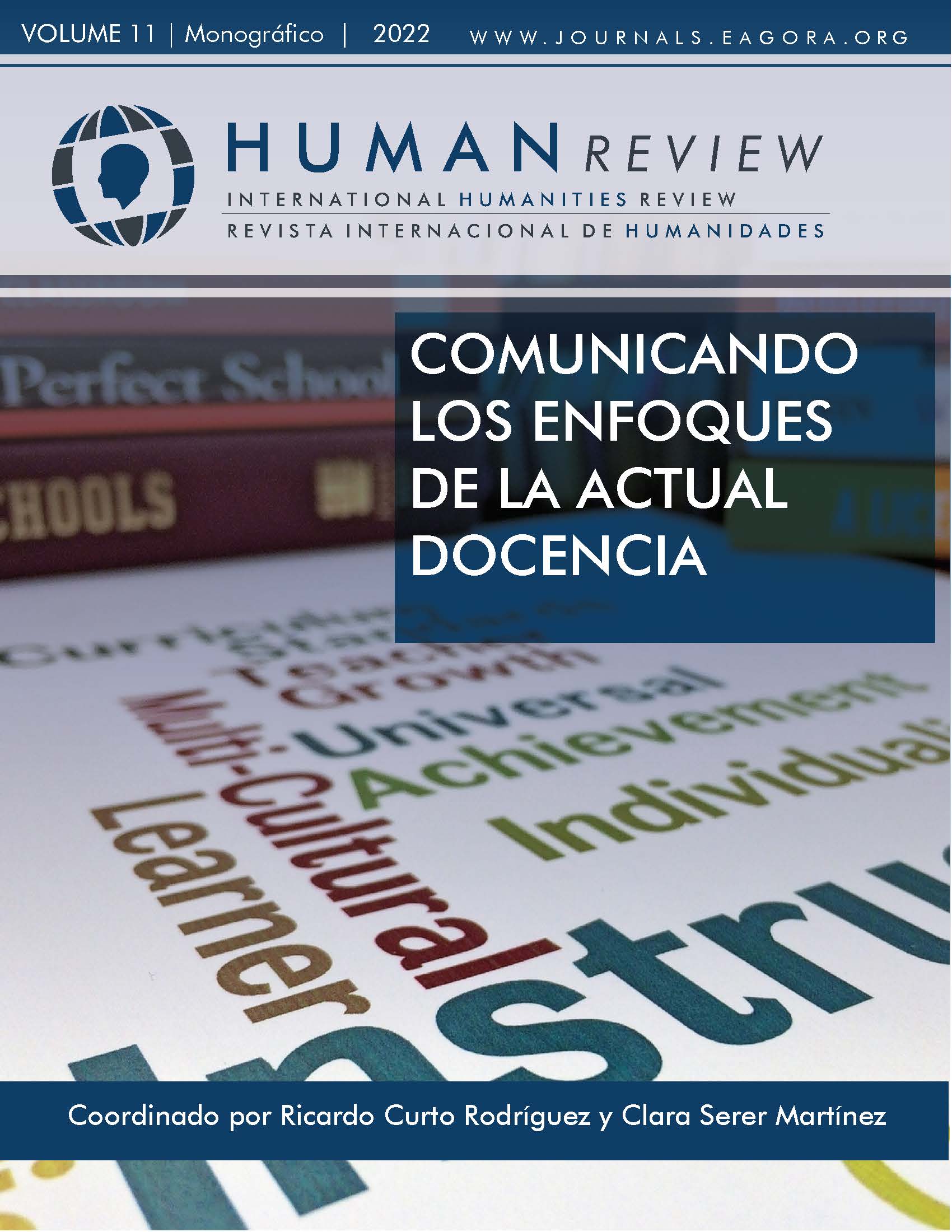Designing an Integrated Assessment System for Critical Thinking in the Field of Literary Studies
Keywords:
Integrated Assessment System, Critical Thinking, Self-Evaluation, Peer Evaluation, Critical Competences, Argumentative Competences, Discursive CompetencesAbstract
This paper addresses the need for innovation in Critical Thinking assessment methods. In order to account for the diversity and interdisciplinarity of critical, argumentative and discursive competences in the field of literary studies, an Integrated Assessment System has been designed. This integrated system has helped innovative university professors create different assessment tools including rubrics both for oral and written tasks, self-evaluation questionnaires, peer evaluation sheets, and checklists, all of which are interrelated following assessment standard, key competence and minimum requirement criteria.
References
Bamber, V., Trowler, P., Sanders, M. & Knight, P. (2009). Enhancing Learning, Teaching, Assessment and Curriculum in Higher Education: Theory, Cases, Practices. Open University Press.
Birenbaum, M., Breuer, K., Cascallar, E., Dochy, F., Dori, Y., Ridgway, J., Nickmans, G. (2006). A learning Integrated Assessment System. Educational Research Review, 1(1), 61–67. https://doi.org/10.1016/j.edurev.2006.01.001
Biggs, J. (1998). “Assessment and classroom learning: A role for summative assessment?” Assessment in Education: Principles, Policy & Practice, 5(1), 103-110. https://doi.org/10.1080/0969595980050106
Brown, G., Bull, J. & Pendlebury, M. (Eds.) (1997). Assessing Student Learning in Higher Education. Routledge.
Cohen, L. (2007). Research Methods in Education. Routledge
Gibbs, G. (2006). How assessment frames student learning. In C. Bryan & K. Clegg (Eds.), Innovative Assessment in Higher Education (pp. 23-36). Routledge
Hartnell-Young, E. (2000). From Facilitator to Knowledge-Builder: A New Role for the Teacher of the Future. Centre for Applied Educational Research, 132, 159–163
Paul, R.W. & Elder, L. (2006). Critical Thinking: The Nature of Critical and Creative Thought. Journal of Developmental Education, 30, 34.
Paul, R.W., & Elder, L. (2007). A Guide for Educators to Critical Thinking Competency Standards: Standards, Principles, Performance Indicators, and Outcomes with a Critical Thinking Master Rubric. Rowman & Littlefield Publishers.
Paul, R.W. & Elder, L. (2020). Fact Over Fake: A Critical Thinker’s Guide to Media Bias and Political Propaganda. Rowman & Littlefield Publishers
Price, M., Carroll, J., O’Donovan, B. & Rust, C. (2011). If I was going there I wouldn’t start from here: A critical commentary on current assessment practice. Assessment & Evaluation in Higher Education, 36(4), 479-492.https://doi.org/10.1080/02602930903512883
Sánchez, S. & Zorzoli, N. (2019). Gestión de la evaluación integral: Aportes para una práctica áulica e institucional democratizadora. Noveduc.
Vega Moreno, É. (2022). Diseño de tareas para el aprendizaje y la evaluación de las competencias lingüísticas y el desarrollo del pensamiento crítico. IV Congreso Internacional de Innovación Docente e Investigación en Educación Superior: Retos de la actualización en la enseñanza de las Áreas de Conocimiento.
Vega Moreno, É. (en prensa). Diseño de tareas para el aprendizaje y la evaluación de las competencias lingüísticas y el desarrollo del pensamiento crítico. En A. B. Barragán Martín, M. Molero Jurado, Á. Martos Martínez, M. Simón Márquez, J. J. Gázquez Linares y M. C. Pérez-Fuentes (comps.), Innovación Docente e Investigación en Arte y Humanidades: Experiencias de cambio en la Metodología Docente. Editorial Dykinson.
Vigotsky, L. S. (1998). Obras Completas. Tomo 5. Progreso.
Vu, T. T. (2014). „Designing Integrative Assessment to Enhance Student Learning for Their Future. Australian Association for Research in Education, 1-14

